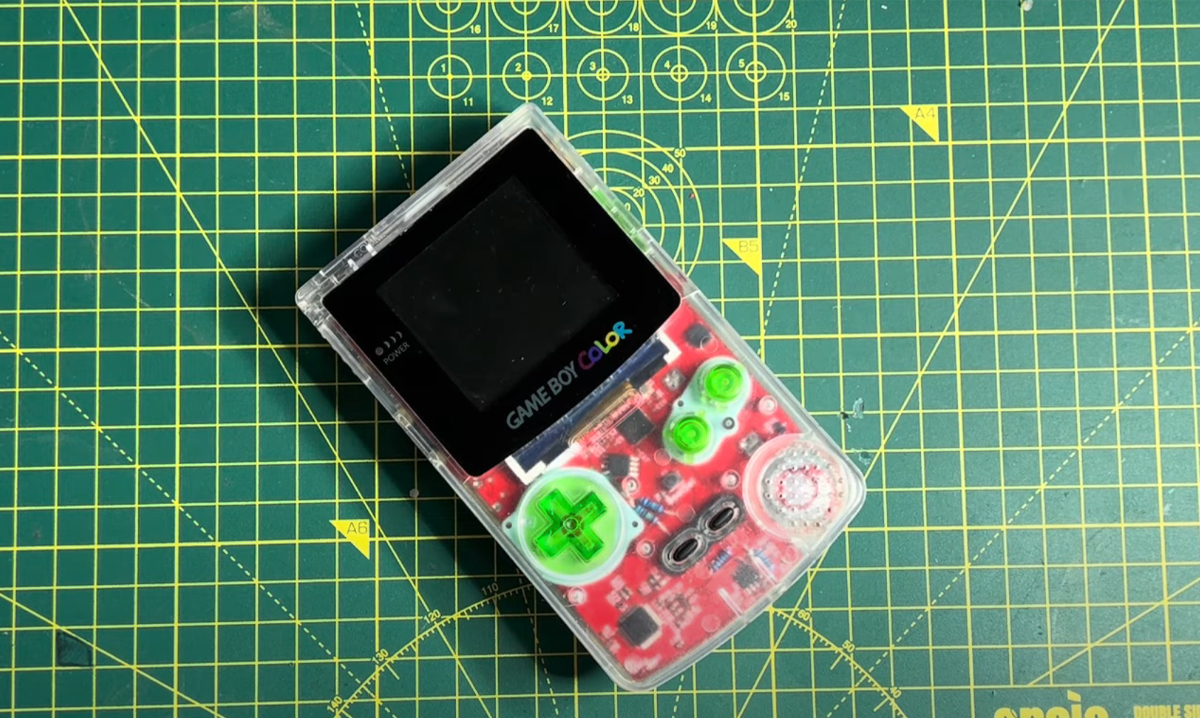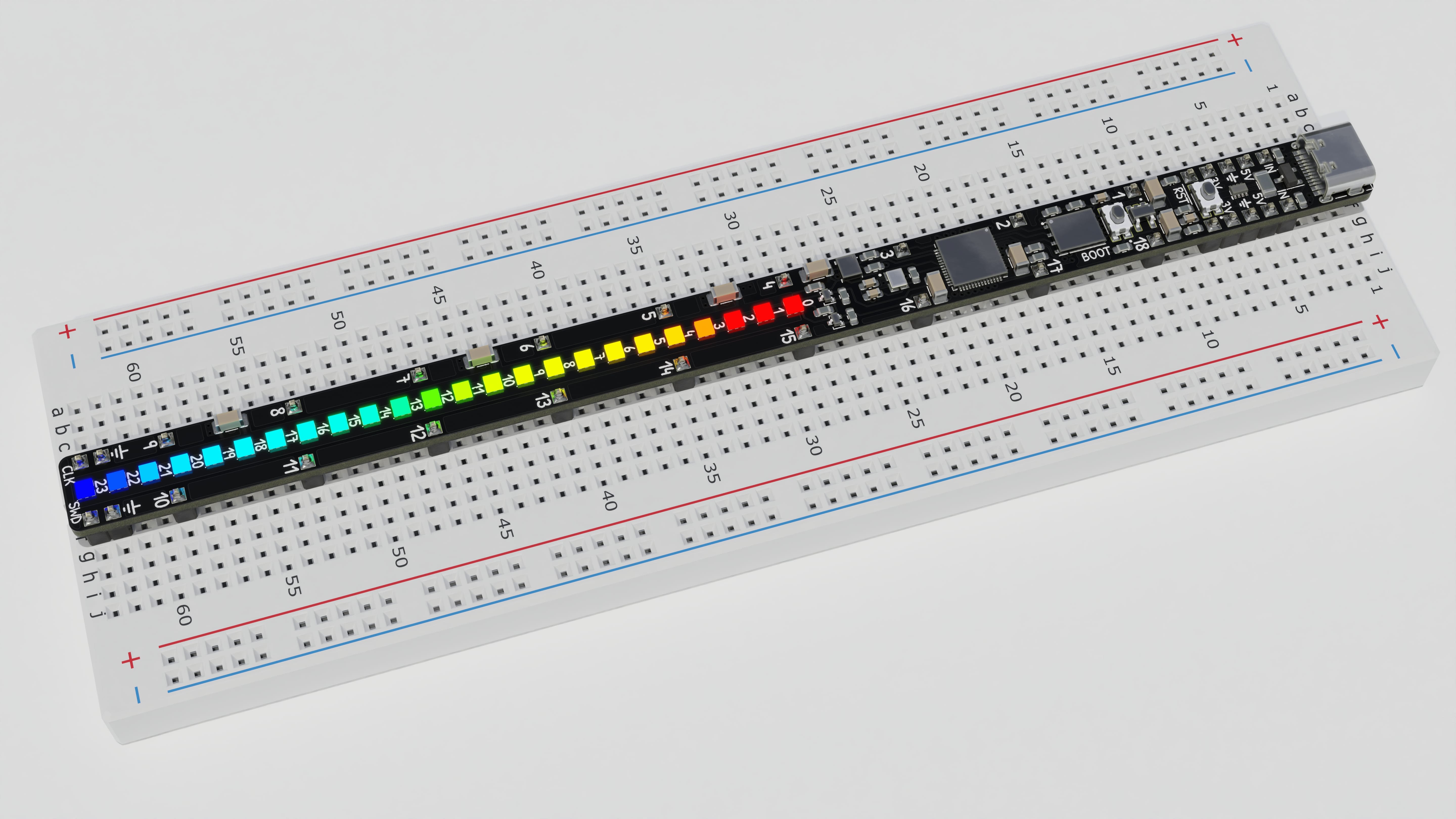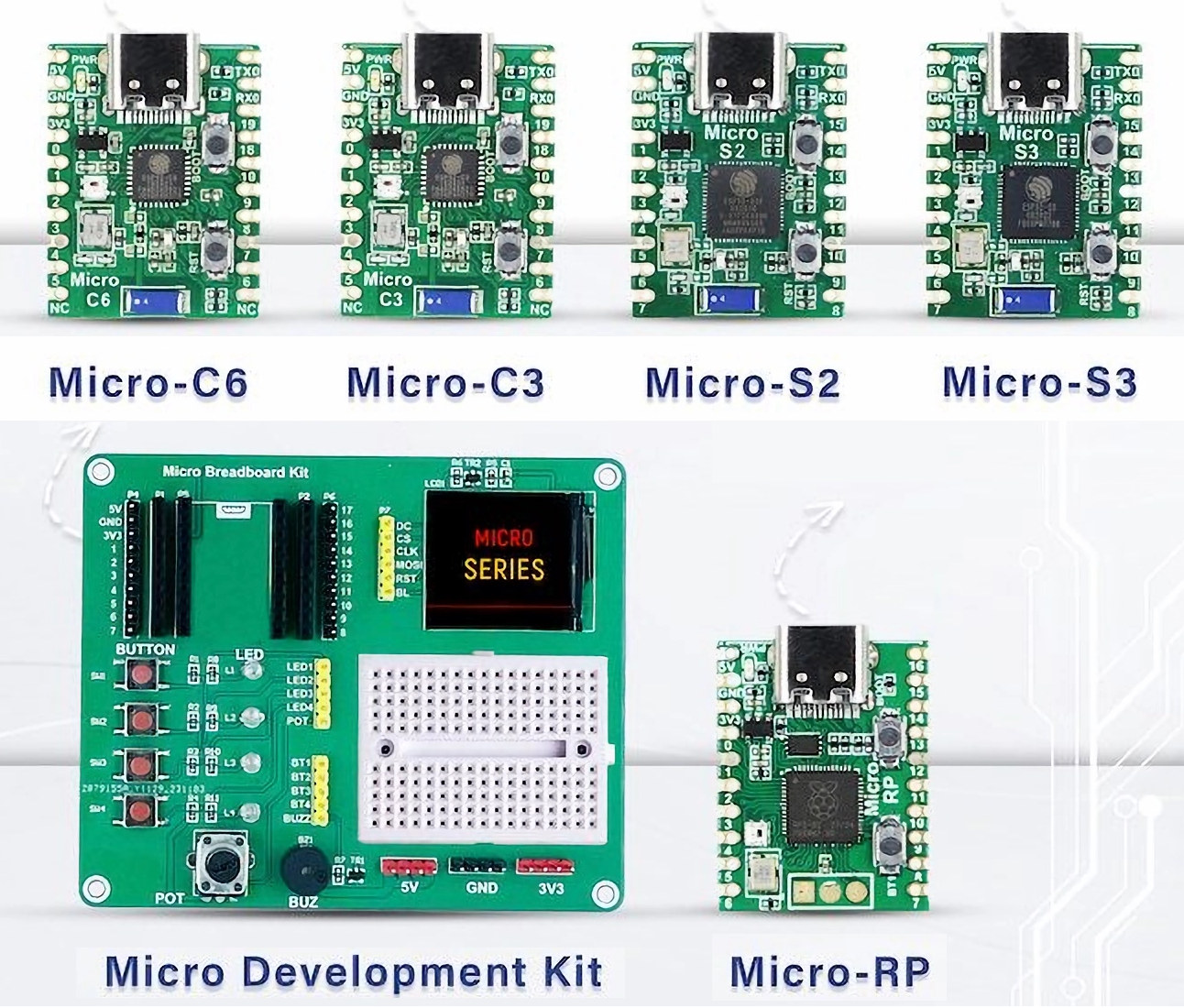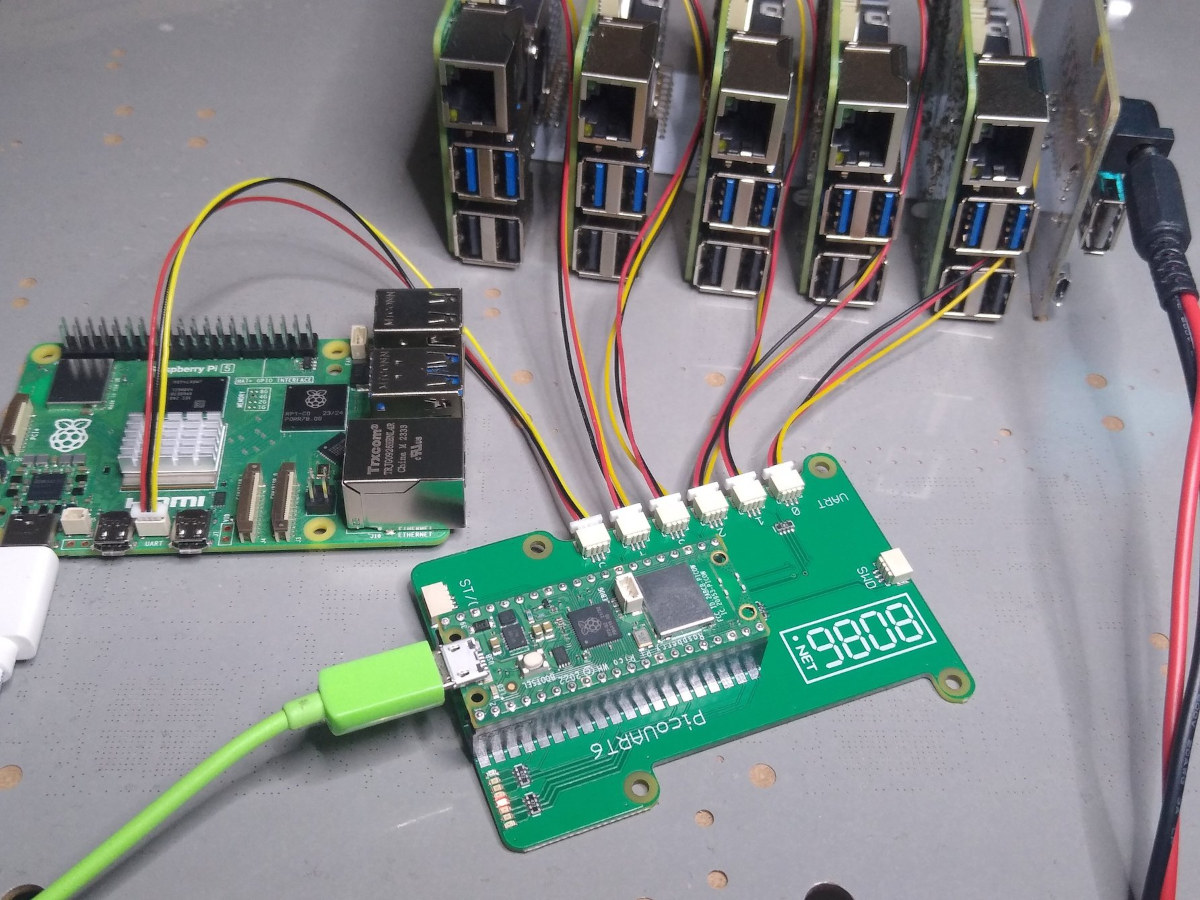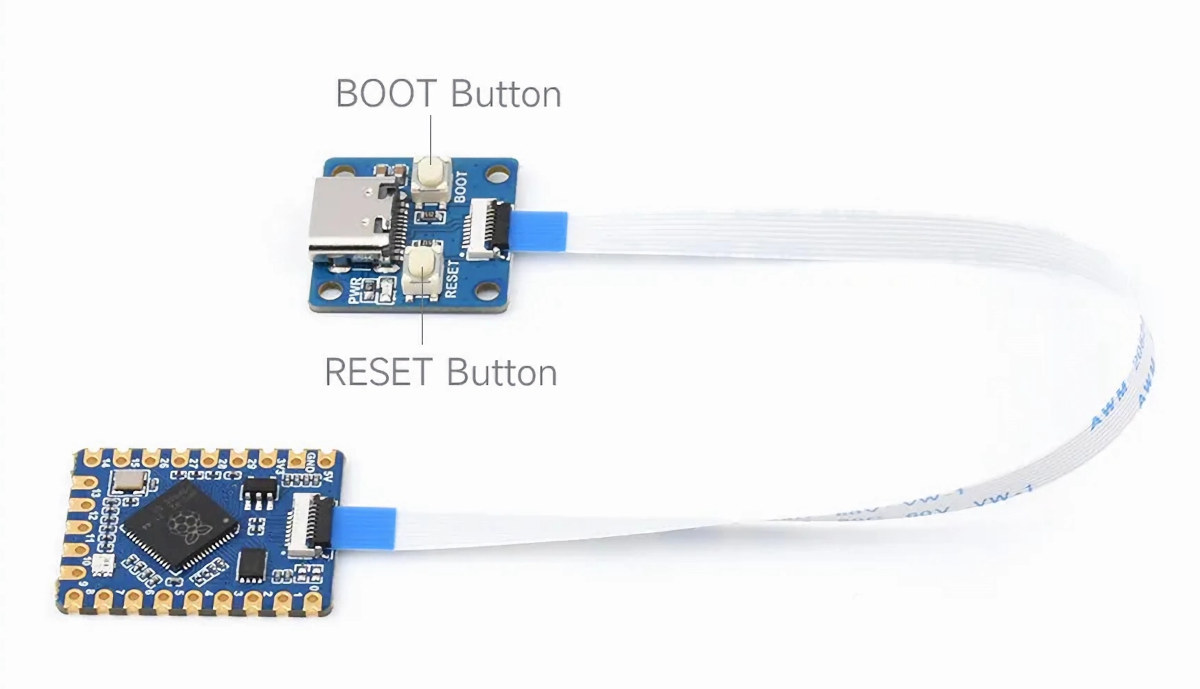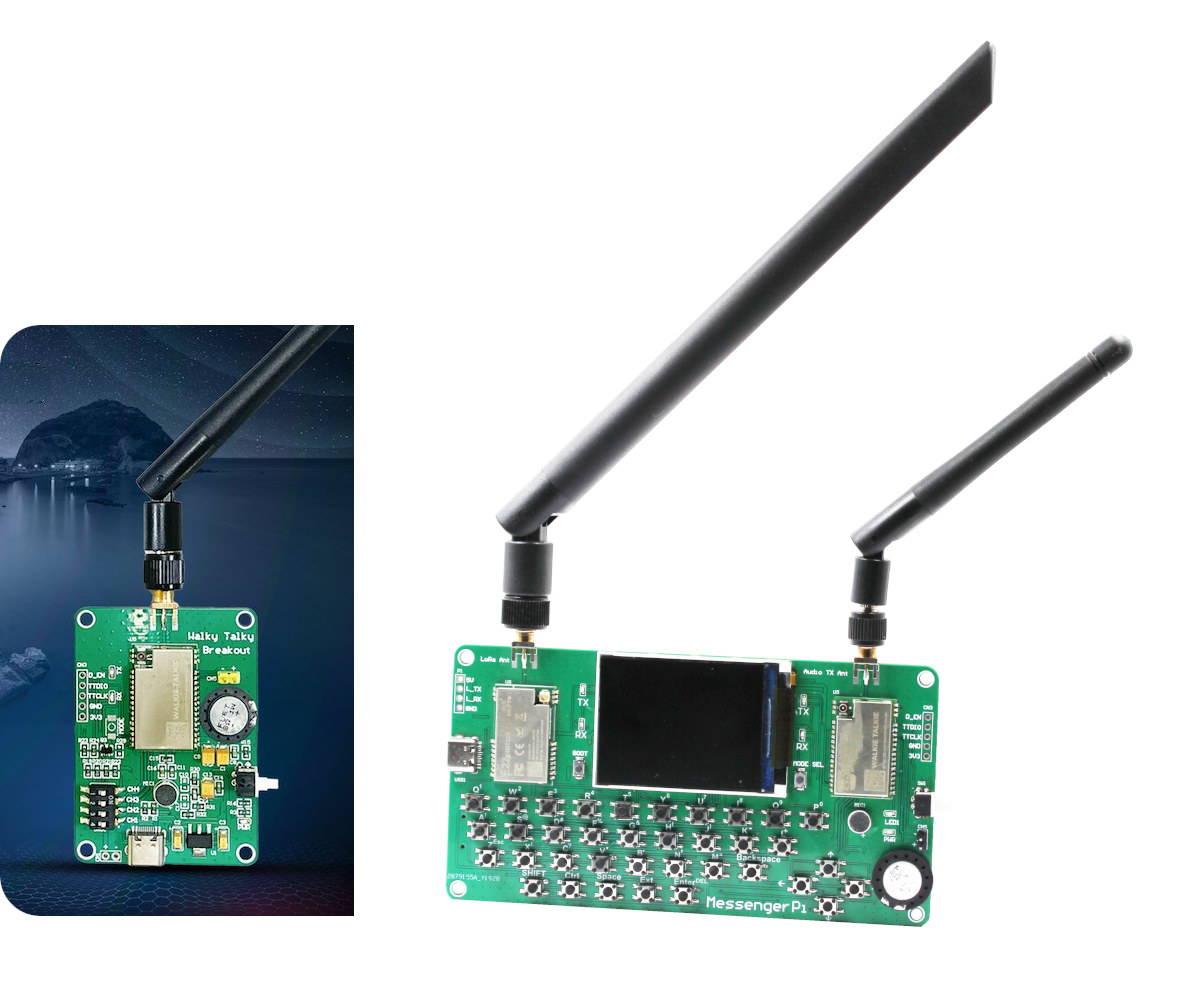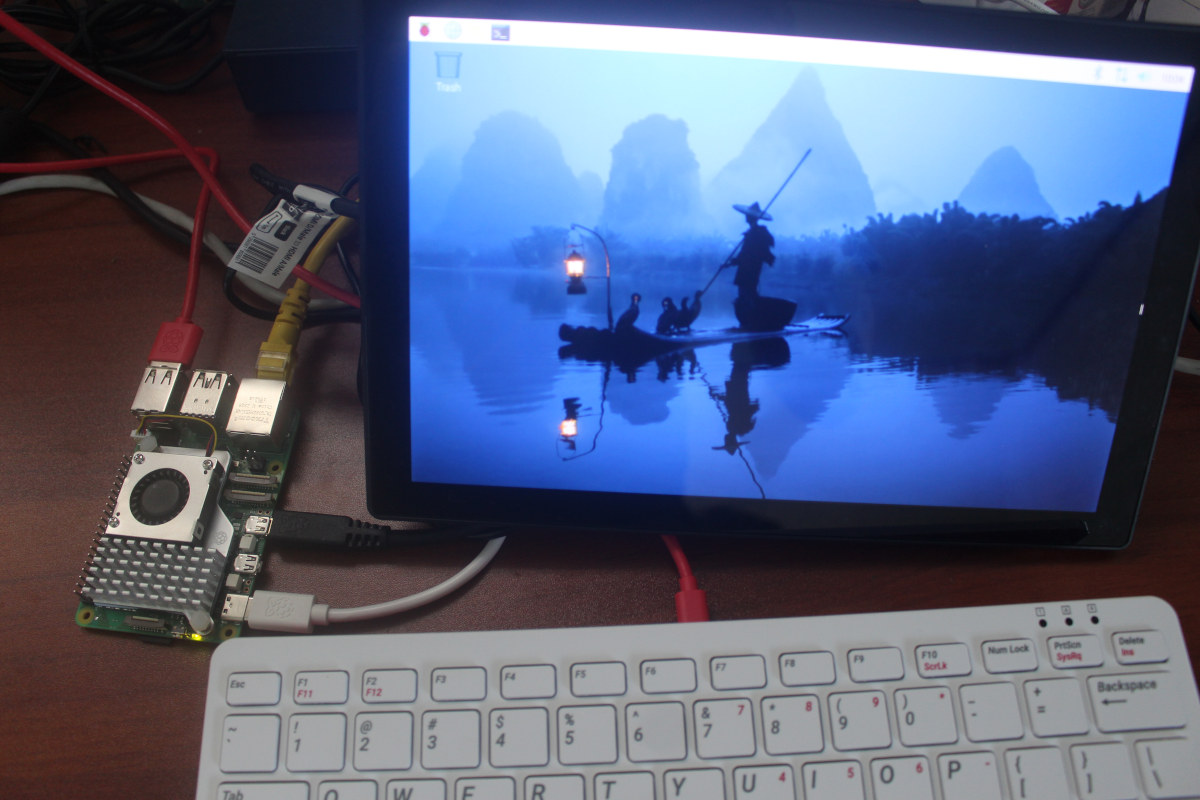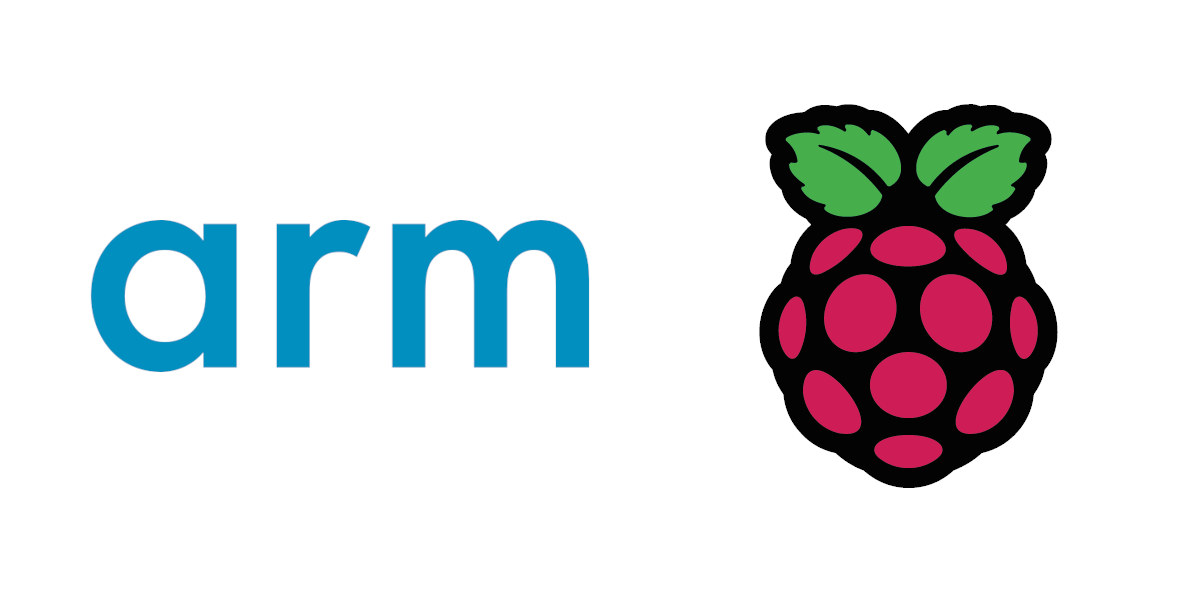James Sargent’s ReBoi Raspberry Pi Game Boy is a Raspberry Pi Zero-powered handheld console kit that easily snaps and screws together without soldering. Its design allows the PCB to fit snugly into both original and replica Nintendo Game Boy Color cases. We’ve seen several handheld consoles with powerful processors and great portability, including the Raspberry Pi CM4 console similar to a Nintendo Switch Lite, GPD WIN Max, LyRa RPi CM3L, and many other gaming consoles. Key Highlights of the ReBoi Raspberry Pi Game Boy Kickstarter Project: Core Concept: A Raspberry Pi-powered handheld that revives the classic Game Boy console. Continues the tradition of distributing DIY electronics as kits. Enabling anyone to build their own Game Boy. Accessibility and Ease of Assembly: No soldering is required; the kit snaps and screws together. Comprehensive website with documentation and tutorials for easy assembly. Raspberry Pi Zero and RP2040 Integration: Integrates Raspberry Pi Zero […]
Raspberry Breadstick – A RP2040-based development board in a quirky form factor
The Raspberry Breadstick is a breadstick-shaped development board that is designed for ease of use. Unlike other development boards, the Breadstick is built to fit directly on your breadboard and interface with the other electronic components in your project without the need for lengthy jumper wires. It serves to deliver a prototype that is neat, straightforward, and easy to troubleshoot. It is based on Raspberry Pi’s debut microcontroller, the RP2040, which is the same MCU chip that powers the Raspberry Pi Pico and several other boards. We recently covered the Waveshare RP2040-PiZero that comes in the Pi Zero’s form factor. The RP2040 is cheap and supports C/C++, MicroPython, and CircuitPython. The Breadstick has other interesting features such as a lineup of 24 addressable RGB LEDs with fast refresh rates, a 6-axis inertial measurement unit for collecting acceleration and rotation data, as well as 16MB of external flash storage for your […]
Microflex MCUs – Tiny USB development boards based on ESP32-S3, ESP32-S2, ESP32-C3, ESP32-C6, or Raspberry Pi RP2040 (Crowdfunding)
SB Components is back with yet another crowdfunding campaign this time with the Microflex MCUs USB development boards all with the same tiny form factor and offered with a choice of five microcontrollers namely Raspberry Pi RP2040, ESP32-S3, ESP32-S2, ESP32-C3, or ESP32-C6. Microflex MCUs share the same layout with a USB-C port for power and programming, a built-in RGB LED, two buttons for Boot and Reset/User, and two rows of 10-pin with through and castellated holes to access the GPIOs and power signals such as 5V, 3.3V, and GND. But they differ in terms of the processor used, wireless features, and available I/Os as shown in the table below which sadly lacks any information about the flash and eventual PSRAM… The illustration below includes some more details for the Micro-C6 with the main components, ports, and a pinout diagram. Programming the firmware for the ESP32-series can be done through the […]
PicoUART6 6x UART to USB bridge supports up to 6 Raspberry Pi 5 boards
PicoUART6 is a small USB to UART bridge board that takes a Raspberry Pi Pico board and exposes six UART ports to connect up to six Raspberry Pi 5 SBC’s over the new 3-pin UART connector. The Raspberry Pi 5 has created a lot of buzz since its announcement in September 2023, and people most talked about its higher performance compared to a Raspberry Pi 4 and its new (non-standard) FCP PCIe connector, but the new Raspberry Pi SBC also features a 3-pin JST UART connector that was not used in earlier and frees 3-pin on the 40-pin GPIO header. The PicoUART6 board makes use of this new connector to interface multiple Raspberry Pi 5 over UART and control them through the USB board of the Pico board. PicoUART6 specifications: Footprint for Raspberry Pi Pico board Serial – 6x 3-pin JST UART connectors Expansion – STEMMA QT/Qwiic I2C connector Debugging […]
Tiny Raspberry Pi RP2040 module connects to USB-C + buttons board via FPC connector
Waveshare RP2040-Tiny is another tiny Raspberry Pi RP2040 module that joins others like Pimoroni Tiny 2040, DFRobot Beetle RP2020, or Solder Party RP2040 Stamp, but with a twist as the solderable module features an FPC connector in order to optionally connect a separate board with a USB-C port as well as Boot and Reset buttons. This design enables the convenience of having a USB-C port for power and programming, plus the Reset and Boot buttons during firmware development, and developers can only keep the tiny and ultrathin module when integrating it into a project or product. Alternatively, there may be designs that benefit from having the USB-C port located further away from the main module with all I/Os, and it can also facilitate troubleshooting when the product is already integrated into a product. Waveshare RP2040-Tiny specifications: MCU – Raspberry Pi RP2040 dual-core Cortex-M0+ microcontroller @ up to 133Mhz with 264kB […]
MessengerPi – A LoRa messenger and walkie-talkie based on Raspberry Pi RP2040 (Crowdfunding)
SB Components MessengerPi is a DIY messenger and walkie-talkie based on a Raspberry Pi RP2040 that relies on LoRa communication for P2P messaging over distances of up to 5 kilometers and calls up to 300 meters away. The company actually provides two boards: the MessengerPi itself for both calls and messaging with a keyboard, and the smaller “Walky Talky” board for audio communication only and without a LoRa module. Messenger Pi specifications: MCU – Raspberry Pi RP2040 dual-core Cortex-M0+ microcontroller @ 133 MHz with 264KB SRAM Storage – MicroSD card slot Wireless Ebyte E22-900T22S LoRa module (also used in the company’s LoRa HAT for Raspberry Pi) Based on the Semtech SX1262 transceiver Operates in the 850 MHz to 930 MHz band Up to 5km LoRa text messaging SB Components marked Walkie-Talkie module 16 FRS channels Tx Power – Up to 17 dBm Rx sensitivity – Up to -98dBm Audio communication […]
Raspberry Pi 5 review – Part 2: Raspberry Pi OS Bookworm, benchmarks, power consumption, and more
A few days ago I finally went through the Raspberry Pi 5 kit I received last September going through all the items and booting it with Raspberry Pi OS bookworm. I’ve now had time to perform more tests to check out the performance with benchmarks and test various features on the Raspberry Pi 5. So I’ll report my experience in the second part of the review and compare the Raspberry Pi 5 SBC to the Raspberry Pi 4 and some other Arm Linux SBCs.
System information in Raspberry Pi OS Bookworm
Last time around, I installed the Raspberry Pi 5 in its official case, but for most of the testing, I decided to go back to the bare board fitted with its active cooler since it’s the best cooling option as we’ll see further in the review.
Arm makes strategic investment in Raspberry Pi
Arm has just acquired a minority stake in Raspberry Pi through a strategic investment in order “to deliver critical solutions for the Internet of Things (IoT) developer community.” Paul Williamson, SVP and GM, Internet of Things Line of Business, Arm explains the rationale behind the investment: Arm and Raspberry Pi share a vision to make computing accessible for all, by lowering barriers to innovation so that anyone, anywhere can learn, experience and create new IoT solutions. With the rapid growth of edge and endpoint AI applications, platforms like those from Raspberry Pi, built on Arm, are critical to driving the adoption of high-performance IoT devices globally by enabling developers to innovate faster and more easily. This strategic investment is further proof of our continued commitment to the developer community, and to our partnership with Raspberry Pi. Eben Upton, Raspberry Pi founder and CEO, also provided remarks: Arm technology has always […]


